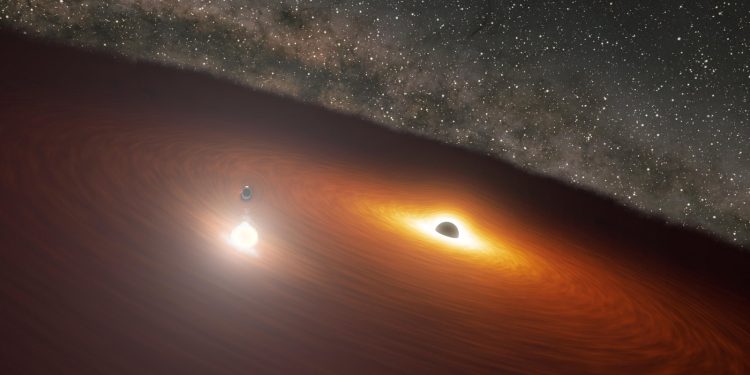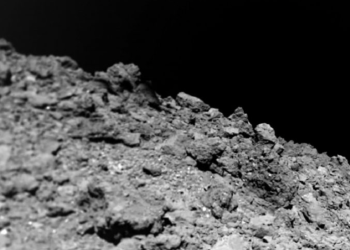The James Webb Space Telescope (JWST) has revealed quasars so distant that their light has traveled for over 13 billion years to reach Earth. These objects, powered by supermassive black holes, existed just 800 million years after the Big Bang—a period when such immense structures should not have had enough time to form. Yet, these black holes already possess billions of times the mass of the Sun, defying every existing theory of their growth.
The discovery has led researchers to explore radical new ideas about how these cosmic giants could have emerged so rapidly. A groundbreaking study now suggests that a rare and hypothetical form of dark matter may have provided the missing ingredient.
A Crisis in Black Hole Formation Theories
Understanding how supermassive black holes evolve is already one of the greatest challenges in astrophysics. Under standard models, black holes grow by accreting matter over vast periods. However, the quasars JWST has detected and indicated that some black holes reached extreme sizes in an impossibly short time.
Astrophysicists have proposed several theories to explain this rapid growth, including:
- The collapse of Population III stars, the first generation of stars in the universe.
- Early galaxy mergers, which could have funneled material into growing black holes.
- The existence of massive black hole seeds that somehow formed before galaxies even took shape.
But none of these ideas fully explain how such colossal black holes could have formed so soon after the Big Bang. Now, a team of researchers from the University of California, Santa Cruz, led by physicist Grant Roberts, believes dark matter itself may hold the answer.
Could Dark Matter Have Created the First Supermassive Black Holes?
While dark matter remains one of the greatest mysteries in physics, it is thought to make up 85% of all matter in the universe. Unlike ordinary matter, dark matter does not emit, absorb, or reflect light, making it invisible to telescopes. However, its gravitational influence shapes the formation of galaxies and large-scale cosmic structures.
The researchers propose that a specific variant of dark matter—ultra-self-interacting dark matter (uSIDM)—may have accelerated the formation of supermassive black holes. Unlike traditional dark matter, uSIDM particles are believed to strongly interact with each other, causing them to:
- Clump together in galactic centers much faster than expected.
- Undergo core collapse, where dense regions of dark matter become unstable and rapidly contract.
- Trigger the birth of early black holes, providing the missing “seeds” for quasars.
According to this hypothesis, these dense accumulations of dark matter could have collapsed into black holes long before normal matter had a chance to form the first stars.
Mathematical Models Support the Theory
To test this idea, the team developed a mathematical model simulating the behavior of uSIDM halos over cosmic time. The model was then compared with observational data from quasars that JWST and previous telescopes have detected.
The results were remarkably consistent with real-world observations. The model accurately predicted the masses and distances of these ancient supermassive black holes, reinforcing the possibility that dark matter-driven collapse could explain their origins.
“If ultra-self-interacting dark matter exists, it could solve one of the biggest puzzles in cosmology—the formation of the first supermassive black holes,” the research team wrote in their study, published in the Journal of Cosmology and Astroparticle Physics.
A New Window Into the Early Universe
The implications of this discovery are profound. If dark matter played an active role in shaping the earliest galaxies, it could rewrite our understanding of cosmic evolution. It may also provide new ways to detect and study dark matter, which has so far remained elusive.
As JWST continues scanning the distant universe, astronomers expect to find even more of these ancient quasars. Each new discovery will bring fresh opportunities to test this theory and further refine our understanding of black hole formation.
The study’s authors suggest that future research will compare these early quasars with their more evolved counterparts, providing insights into how black holes and galaxies co-evolved over billions of years.
What’s Next for Black Hole Research?
With more deep-space observations on the horizon, astronomers will soon have a chance to test these theories on an even larger scale. The findings could change not only how we understand black holes but also the fundamental properties of dark matter itself.
For now, one thing is clear—our picture of the early universe is far more complex and mysterious than we ever imagined.











